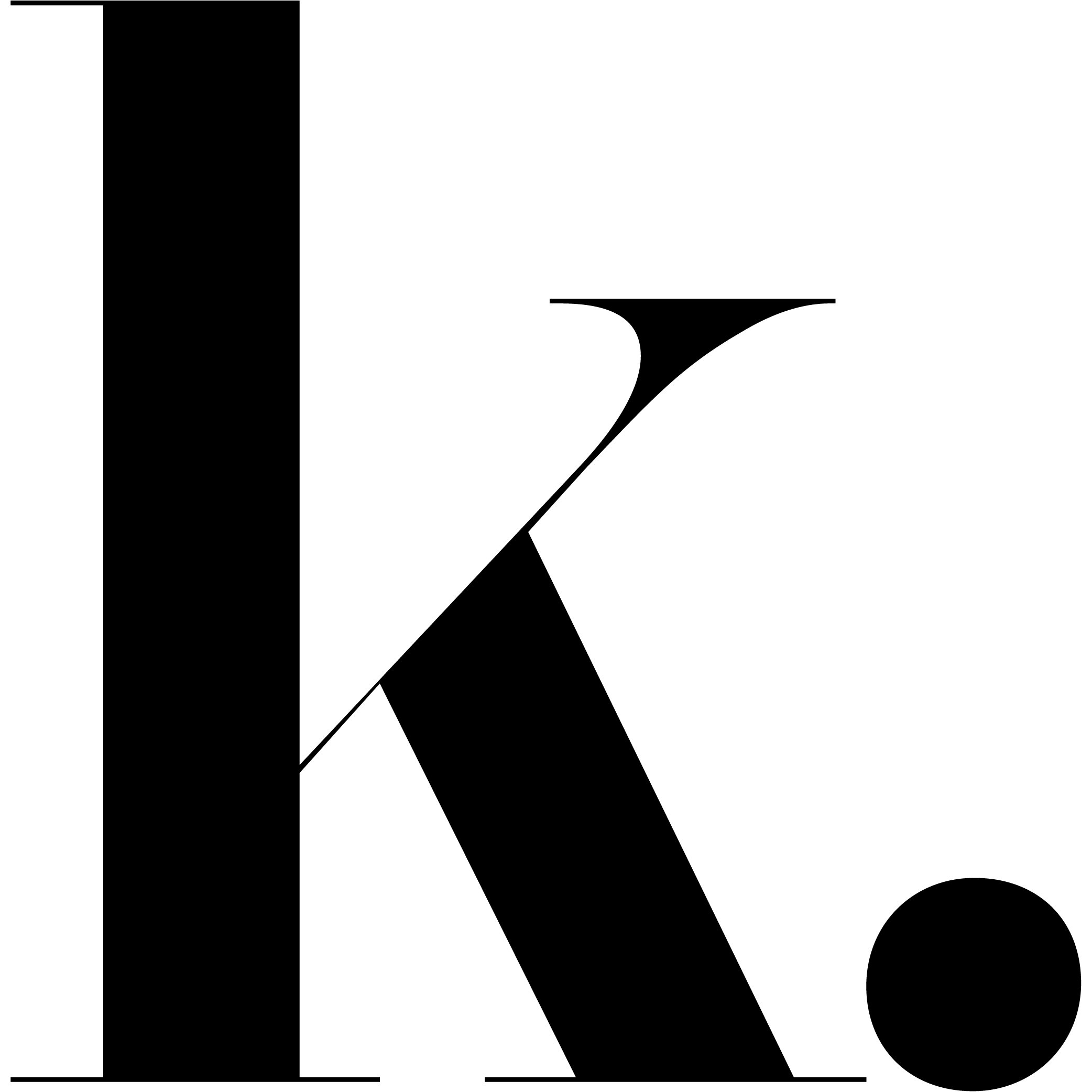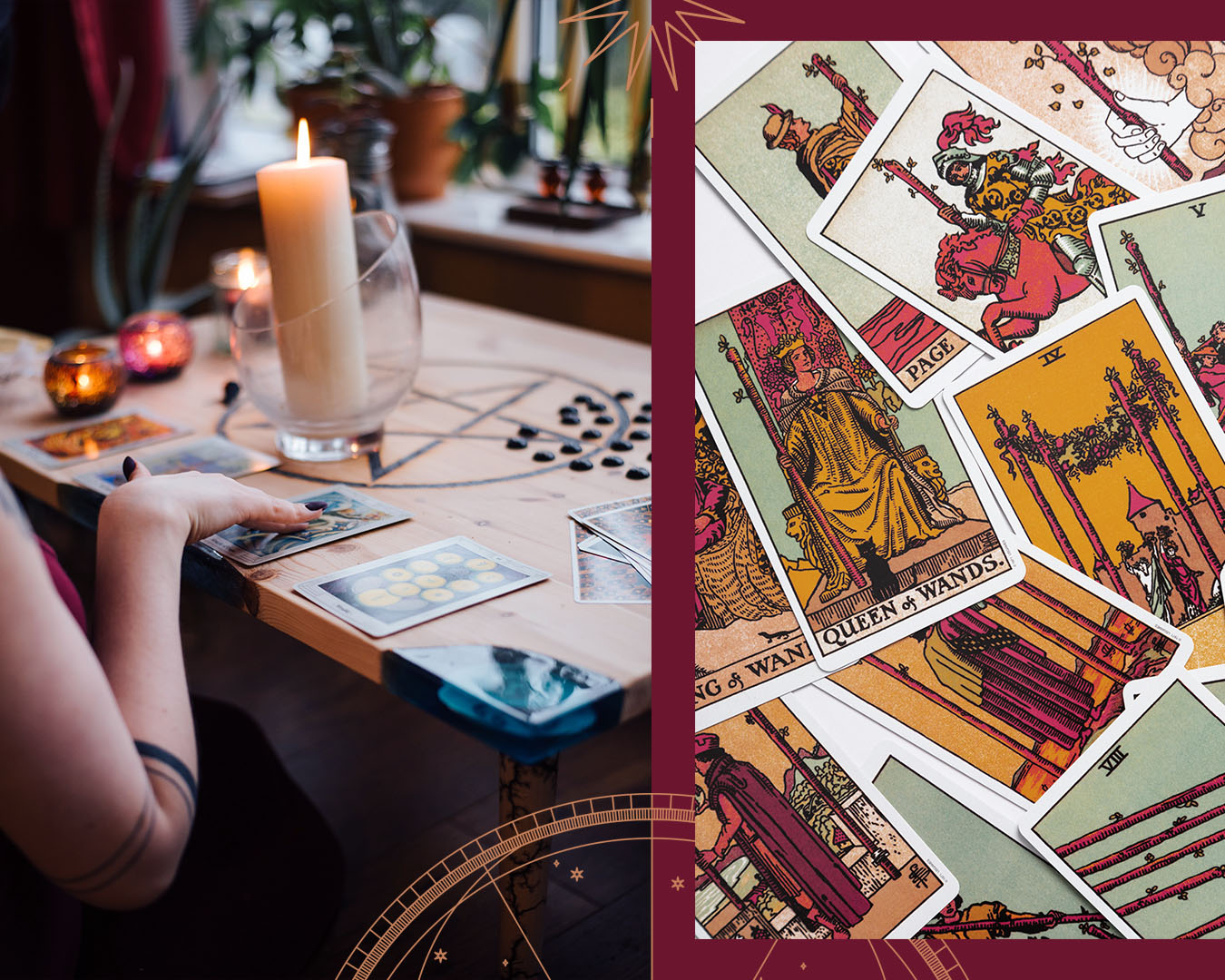A few weeks ago, I came across a satirical article, one that made me laugh out loud.
Its headline read, Friend with Least Amount of S**t Together Now Reading Tarot Cards If You’re Interested.
The article goes on to describe the local burnout’s newfangled devotion to tarot, using the guise of “love and light” spirituality to offset the fact that she barely has a handle on her own life.
There is something to it. Tarot has been gaining mainstream popularity, most notably within the younger generation.
Being able to put whatever difficulties you’re experiencing in the context of simple cards, framing it as preordained and necessary challenges for growth—it’s obvious why it appeals to the emotionally vulnerable. My own experience discovering tarot was sparked by a hard land to rock bottom and the desire to find meaning in the mayhem.
Up until the turn of the century, many people considered cartomancy blasphemous at best, and at worst, a demonic practice that invites all sorts of ill-meaning entities into your space.
Recent years have seen a new general public opinion on tarot, as it starts getting associated less with pentacles and demons and inches further into the league of other New Age practices that have more or less become socially acceptable (e.g. astrology, crystals and aromatherapy.) Still, it all boils down to the same idea: tarot is “woo.”
That is, it’s not real. It’s all self-serving confirmation bias and looking for what you want to hear. Obviously, if you’re going into it thinking it’s all hooey BS, you’ll find that your readings won’t resonate at all. Practicing tarot requires an open mind, and if you’re showing the universe you’re not buying into the whole thing, it probably wouldn’t bother speaking to you through it. Or, for a less cabalistic way of looking at it, your oh-so-clever mind would find a reason not to listen.
Tarot may have started as a simple parlor game, but there’s a reason it’s worked time and again for people on both sides of the argument—it helps.
Still, even within the tarot community, the pick-and-choose mentality of New Age spirituality leaves even the most experienced readers divided. Some people treat tarot as a tool for psychology and self-reflection. Others believe their spirit guides speak to them through tarot. Personally, I think the universe is not nearly boring enough to make it so that both aren’t possible.
Thankfully, there’s one thing that everyone seems to have agreed on, and it’s probably the most important thing to remember when you’re learning tarot: do what works for you.
Whatever beliefs you have about any higher power, if you’ve decided to look into learning tarot, it’ll find a way of being useful to you if you’re willing to do the work.
Getting Decked Out
There’s a very outdated myth, claiming that one should never buy themselves their first tarot deck—completely untrue, and now widely debunked by readers. If you feel called to get yourself a deck, then by all means, do it. There’s no use waiting around for a tarot deck to serendipitously find its way into your life.
Your first deck should be one you can easily understand, so don’t go for the overly minimalistic or abstract ones—those can wait until after you’ve gotten the hang of their meanings. Having a distinct and discernible visual for each card is key to learning how to interpret it.
Rider–Waite is the most popular deck, and most modern tarot decks base their illustrations and structure on it. Most readers would recommend the Rider–Waite to start, if only to better familiarize yourself with interpreting the cards.
The Fool’s Journey
The tarot, most notably the twenty-two cards of the Major Arcana, depicts—well, life. Someone once told me, “The tarot is essentially a bunch of flash cards for life.” Arguably, it undersells the complexity of studying and practicing tarot, but is an apt description of it.
The Major Arcana starts with card zero—The Fool. We follow him through the stages of his journey. From meeting those who would become major influences on his sense of self and worldview in the first half, to undergoing great personal transformation after misfortune and destruction in the second, the Fool goes through stages of life as we all know it.
Even the suit cards, the Minor or Lesser Arcana, tell their own stories, and can signify what themes are currently significant for you, based on their elements: Wands (fire) would signify creativity and optimism; Pentacles (earth) represent material wealth and possessions; Cups (water) refer to love, emotions and relationships; Swords (air) can be associated with reason and intellect, but also commonly means misfortune and sorrow.
Seeing the biggest influences and energies at play in your life laid out on a table can definitely put things into perspective. Tarot is less an avenue to becoming all-knowing, and more an opportunity to self-reflect and recognize situations for the lessons that they offer.
Instead of feeling like life just keeps happening to you, suddenly tarot provides context to your adversity. You stay more aware of your actions and mindset, and start working in the interest of aligning with your higher self. For someone who finds it difficult to relinquish control, I’ve found it easier to accept that most things are probably out of my hands when my cards are, literally, in them.
Tarot Tips
Take Care of Your Cards
Some people cleans their cards with salt baths or crystals or smudge sticks, but if that’s not an option, simply keeping them clean in the box or a dust bag will do. Your tarot deck is supposed to give you guidance and help you, so you should treat it with care.
Remember the Future is Always Changing
It’s easy to get hung up on certain situations in your life that you’re anxious about, and consequently, you might obsessively ask your cards about the same thing over and over again. Learn when to put the cards down and just let yourself be, and your deck will probably be a little less mean to you the next time around.
Don’t Forget to Take Notes
Try to keep a separate journal to log your card pulls and spreads, as well as your personal interpretations of the card as you learn more about the way your deck “talks” to you. Others create massive spreadsheets tracking their readings. Keeping track of these things will help you learn the card faster, and might give your readings more clarity.
Tarot can be so much more than some card game. I’ve seen all kinds of people fall in love with the practice, and seen them bettering themselves through it, becoming more mindful, self-assured, and kind.
So the next time you feel like the world might think you’re a bit of a mess for liking tarot cards, consider this: there is no harm in believing something without proof if it makes you live your life more fully. That’s the whole point of fostering your spirituality, after all. We’re all just clueless Fools ourselves, trying to make sense of the journeys we go through in whatever way we can.
The Fool is card zero—neither positive or negative. It is the starting point of a journey. It means a desire to go forth and discover the new. The outcome is not something you are able to fully control or predict, but can mean great personal growth no matter what happens, if you play your cards right.


